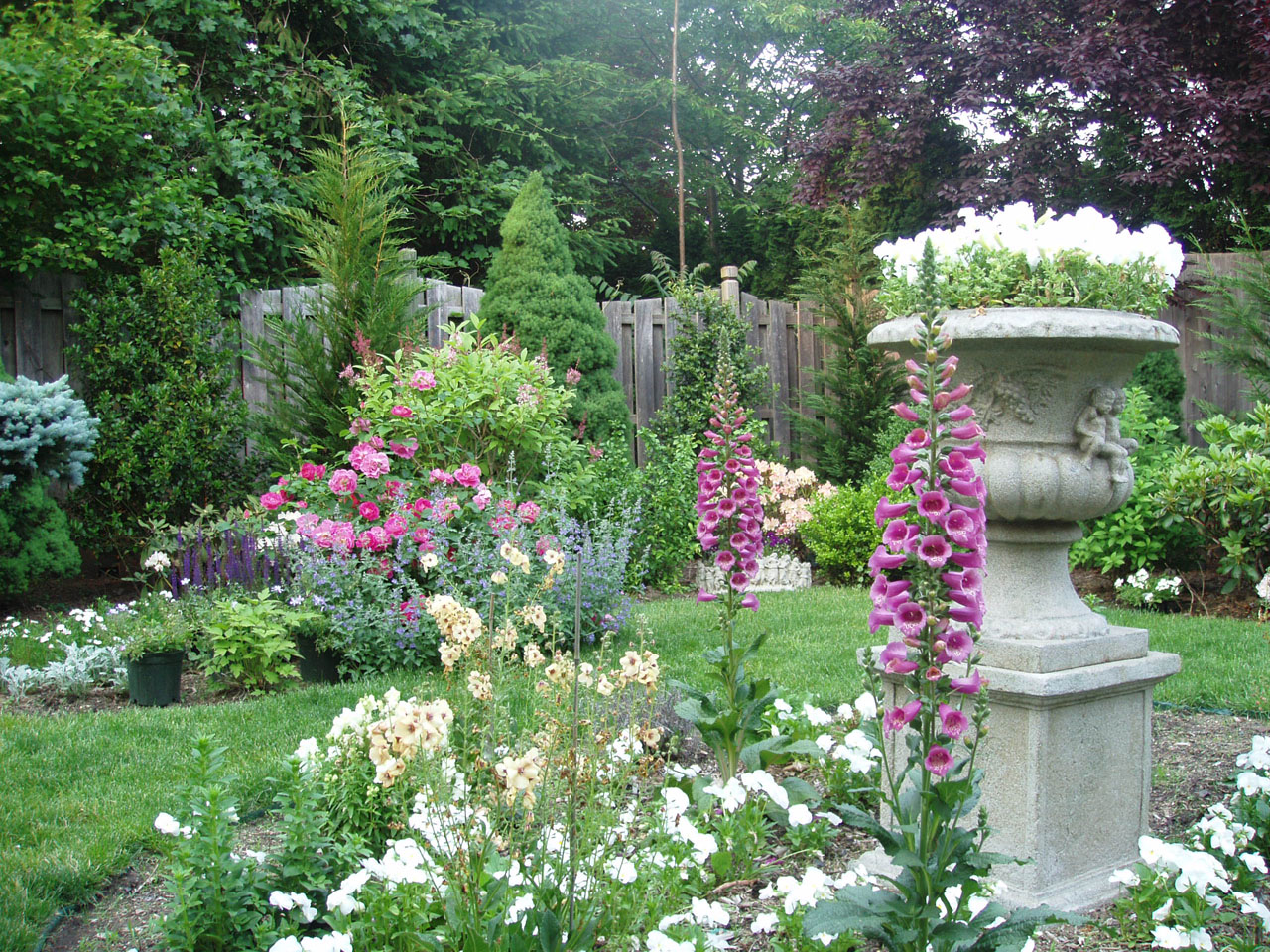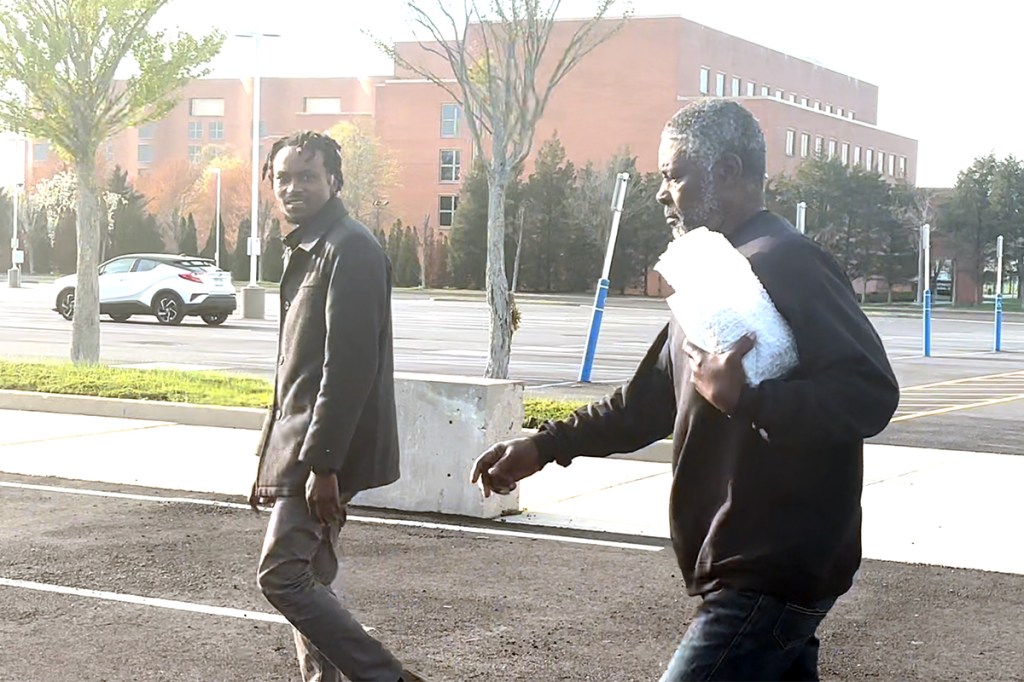The Many Delights of the English Garden

By the time you read this you may already know that I was not elected Pope. I am, however, ensnared in an Old World maelstrom of tradition and intrigue.
This morning I woke up with a newfangled English expression in my head. Apparently now as I sleep I make up nonsensical English expressions. Before I make an appointment to meet with my friend the psychoanalyst every week at the same time, let’s try to figure this out.
This morning a man’s voice in my head said “Her better half tided me over.” He was telling me about how he’d gotten home after a party and what he meant was that his wife, his “better half,” brought him home. Presumably she drove him home.
Last night I held a small dinner party. One of the memorable topics of conversation was the popular hypothesis that Lyme Disease began on Plum Island and was brought to the mainland by deer. Local deer ride the ocean tides around to get from land mass to land mass. I also drank more wine than is my custom.
But I think that my manic Anglophilia goes deeper. In my bid to realize my first-ever garden I’ve become obsessed with reading books and watching videos about English gardens and English gardening methods. I figured that England may have a similar climate, and some of our early settlers were English, so maybe we tend to grow many of the same things. Then I got hooked.
I watched every episode of the BBC drama series Inspector Lewis (when Inspector Lewis’ sidekick Hathaway said “Call a spade a shovel!” I melted) and every wacky episode of the BBC’s The Vicar of Dibley, scanning, searching every frame shot outdoors for clues about English gardening techniques. I picked up a few pointers—but my husband “just says no” to keeping sheep.
I’m obsessed with a particular English how-to garden video. It’s about 45 minutes long and features a beautiful garden inside a fruit cage. (That’s right, Peter Gabriel did not make up the term “fruit cage.”) I find the host of this gardening video really unattractive, so I have to fast-forward through the part where he groans while he eats a strawberry. That’s okay—I get to the part about the “melon nets” faster. Little melon-filled twine hammocks hang from the greenhouse ceiling—love it!
Turns out the “English garden” as we know it came about in the 1700s. The manor houses had formal gardens—bounteous flowers and other plants bursting along narrow pathways in loose color schemes was borne out of the aristocracy’s reinterpretation of peasant life. The “little people” had little space and little time to tend their home gardens, so they made the most of them. Flowers were more likely grown for medicinal purposes than for looks. And roses can be tasty.
So in addition to my reading, I tried to go further back in my video pursuits. Now I’m head-over-heels hooked on the original television version of Upstairs, Downstairs. I remember my grandmother and her friends chattering incessantly about this series 40 years ago.
I’d hoped there would be a lot of outdoor shots a la Howard’s End but no—it’s a simplistic sort of soap opera but features outstanding English actors of the day. Gordon Jackson plays the butler Mr. Hudson, who acts as a father to everyone, and Jean Marsh plays Rose, the long-suffering house maid. (You may remember these two from Sesame Street—they were featured in Ernie’s star-studded “Put Down the Duckie” number.) Mrs. Bridges, the matronly cook, and Ruby, the daft scullery maid, keep the home fires burning while Edward the footman is off fighting World War I. Right now it’s 1917 at 165 Eaton Place and the whole house—and I—are extremely worried about “Eddie” on the front in France. I don’t know what I’ll do if he dies.
There’s only been one “major garden sighting” in the series so far. The garden had been largely converted over into a cemetery—not a
good direction.
The servants hardly ever get out, but they have fabu kitchenalia! Every weekend now I go off to estate sales buying crocks and wooden sppons because I have such pantry envy toward Mrs. Bridges.
Is that crazy?



